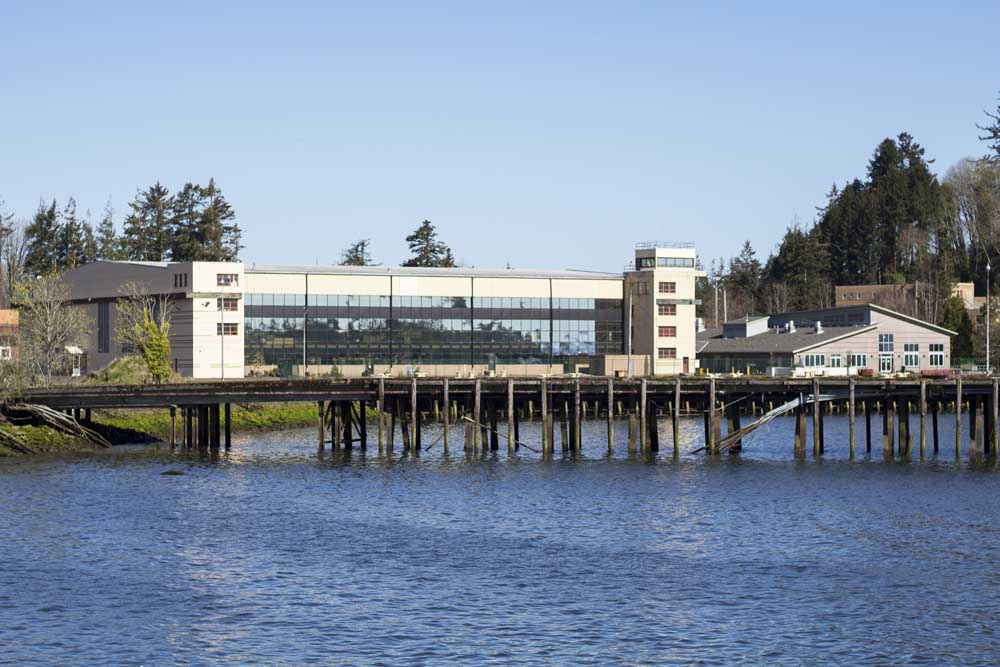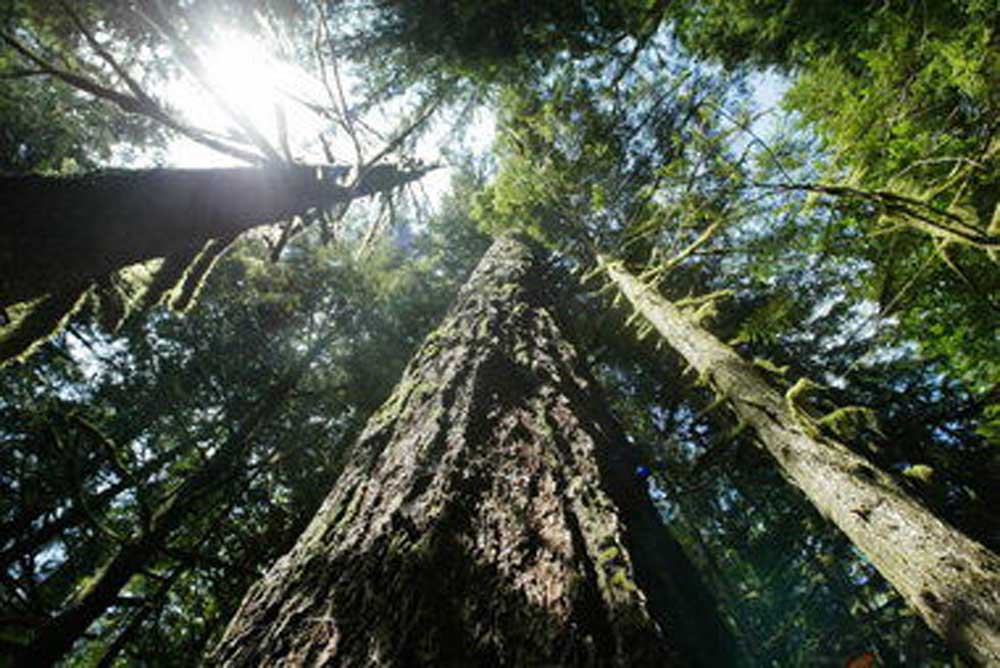Oysters: The staff of life for Willapa’s Dave Nisbet
Published 4:00 pm Thursday, November 30, 2006
A drive through the pristine setting of Willapa Bay in southwestern Washington reveals a big, white complex looming near the north end of the Newaukum River Bridge. Outside, this oyster plant is quiet except for the occasional “beep beep” from one of the yellow “Cats” out in the parking lot. There are a few oyster dredges, with their flat beds and chipped paint, anchored out front in the river.
The relative calm of the exterior belies the magnitude of the operation that is Nisbet Oyster Company Inc., located on the mouth of the Newaukum River as it opens up into Willapa Bay. Here, company founder and owner Dave Nisbet’s oyster beds are located.
While at first glance the Nisbet Oyster Company plant may seem like an everyday processing plant, it is actually a leading force in changing the way people world-wide perceive – and eat – oysters.
In the company’s empty cafeteria, Nisbet pulled out a red produce bag filled with oranges. The bag had a striking resemblance to those used for transporting Nisbet’s officially trademarked Goose Point Blue Seal Oysters.
Nisbet was raised in Portland, Ore., and as a child often came to Washington’s Long Beach Peninsula to fish for salmon. After attending college, he was hired by a local oyster grower who needed students to assist with an experimental shellfish hatching program.
“After working at the hatchery I kind of liked the idea of living and working out here, so that’s why I started the business,” said Nisbet.
Nisbet learned that starting a small business was easier said than done. It took three years of planting oyster seed on different leased beds before Nisbet had a crop.
“I basically supported my oyster habit with part time jobs,” he said with a small grin.
Since the company started in 1973, Nisbet Oyster Co. has grown to approximately 500 acres of muddy oyster beds. The company employs about fifty workers, and its products are shipped around the world. Nisbet said his most popular products include the Oyster Shooter and the Blue Seal Oyster.
The Oyster Shooter, he said, has become very popular, especially with restaurants and casinos because of a custom logo program. The shooter glass can be labeled with the name of a restaurant or casino, and becomes a souvenir for the customer.
To package the Blue Seal Oyster, a pre-shucked oyster product, Nisbet employs a new technology called High Pressure Pasteurization (HPP). In this process, bushels of oysters are immersed in a barrel of water, and 40,000 per square inch of pressure is applied to them. The HPP process pasteurizes the oyster, killing harmful bacteria, resulting in a safer raw shellfish product.
The Blue Seal oyster also looks different from an oyster typically found in a grocery or fish store. Each oyster comes individually wrapped with a blue band that keeps the oyster closed. When the blue band is removed, the oyster is easily opened, eliminating the need to shuck it.
The Blue Seal Oyster is one example of what Nisbet refers to as value-added products, meaning they are easier to use and more attractive to the consumer.
“I got into value-adding my products so we could fill more niches – and more exclusive niches in the retail market place it made our products a little different from the rest and provided something that no one else was doing.”
Nisbet has succeeded in this goal. Nisbet Oyster Company is only the second company in the country, and the first company on the west coast, to use this technology in the processing of oysters.
In addition to running his own oyster farm and plant, Nisbet also handles the marketing for his products. His strategy is fairly simple; make the product available to as many people as possible, and be diverse.
“I think part of our business strategy is not to put all of our eggs, or in this case oysters, in any one particular basket.”
Another challenge Nisbet recognizes is that oysters are not viewed as a young people’s food.
“When kids go to a restaurant they might have oysters on the half shell and that might be pretty cool, or they might have an oyster shooter; that might be pretty cool.” But when it comes to buying oysters from a retail perspective it’s a little different, Nisbet said.
“Younger people don’t necessarily go into the fish counter and say, ‘I want to buy a jar of oysters because I want to go fry them.'”
In order to combat this problem Nisbet has developed a few marketing strategies.
“If a young consumer buys a product and if it tastes good and it’s easy to use then they might buy it again. That’s the challenge.”
Another, and one of the biggest challenges to owning a small business, Nisbet acknowledged, is staffing.
“Hiring the right people and keeping the right people is important to our business success,” he said.
Nisbet said that in the past few decades, the immigrant work force has greatly impacted the entire farming industry in the U.S., and especially the oyster industry. The immigrant work force is very important to Nisbet, as he employs mostly Hispanics.
“We have a happy work force. They are doing things that they like to do, and we try to provide them with the infrastructure support to make sure they are comfortable in their workplace,” he said.
Nisbet talked about his workers as though they are part of the family rather than just employees.
“The most important component in your business is the people that work for you.”
Hispanics are not only Nisbet’s primary work force, but they are also the inspiration for some of his most popular products. In addition to several products developed specifically to meet the demands of Hispanic tastes, another product, Salsa Ceviche, is set to launch next year.
A ready-to-eat product, Salsa Ceviche is packaged in a clear plastic container embellished with the flag of Mexico.
Nisbet exudes the passion that has helped him successfully drive his company. While his business may grow and change, it is likely his devotion to oyster farming will remain constant. To Nisbit, the effort he has put into growing his company has been worth it.
“The reward of a small business is the ability to set your dreams and passions in motion. The ability to work the hours that you want to work and create something that is your own as a farm, growing food is rewarding, and I think that when you do grow food you have a sense of contribution to society. That’s particularly rewarding to me. I don’t think I would be as passionate about my business if I was producing nylon hairbrushes.”
Taking another bite of orange he said, “I think part of the passion you have in your business really has to do with where you can drive your business, and where you can take your business.”
Dave Nisbet is Nisbet Oyster Company, and Nisbet Oyster Company – and its Goose Point Oyster trademark – is changing the perception of oysters worldwide.
Writer Madeline (Maddie) Dickerson is in her senior year at Ilwaco High School, and is now exploring college options. Her interests include journalism, film, golf, and music. She wrote this piece for a high school essay, and we worked together to reformat the piece for this CRBJ feature article. The Editor





